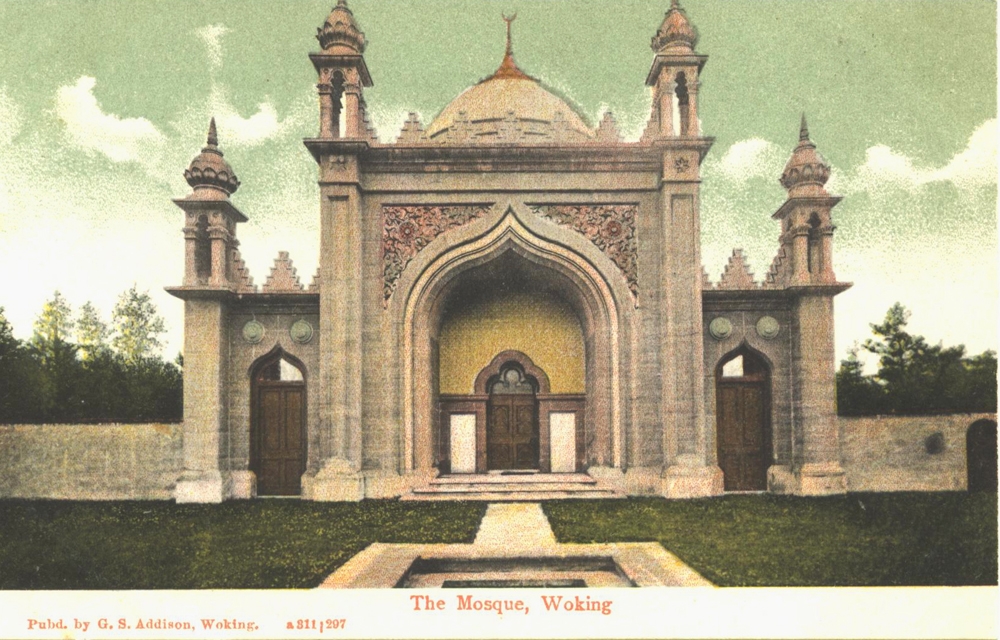
The British Mosque: “It seems that historical Islamic references are going to stay relevant, and popular”
Clove: What are some of the most significant examples of mosque architecture in Britain?
SS: One of the most significant mosques is the one in Woking from 1889 – an excellent example of late Victorian Orientalism. Then there’s the Regent’s Park Mosque of 1977, which was the first time the cultural references of Islamic architecture and late British modernism were combined in one building, at that scale. There is a small local mosque in Coventry that’s significant in that it was the first post-war built mosque, so the first built by the postcolonial South Asian diaspora. Then there’s one in Preston from 1969, which again is one of the first post-partition built mosques. So these are the first representations of the mosque in Britain by the postcolonial diaspora.
They are quite rudimentary, and they show the desire for certain Islamic architectural language in a very immediate way. I do also think, though it’s a little uncomfortable to say, that the mosque that I designed on Hackney Road is significant in that although it is a modest building, it is the only built example of a mosque that is attempting an abstract interpretation of traditional Islamic architectural references. Other similar trends exist on paper, but have not yet been built. The Cambridge mosque, which is on site now, is also significant because it’s designed by the renowned architecture practice Marks Barfield – again, it’s a mosque based a traditional form where the structure is expressed in a contemporary decorative way.
Clove: How does the architecture of British mosques reflect their local context, as compared to mosques in countries with a more prominent Islamic architectural heritage?
SS: The earlier built mosques, from the 1970 to 90s, did attempt to incorporate examples of local architecture – this could be materials, or other architectural elements. Mosques built from the late 1990s and into the 2000s started to be more architecturally autonomous, attempting to be more literal replicas of traditional Islamic architecture from Muslim countries.





